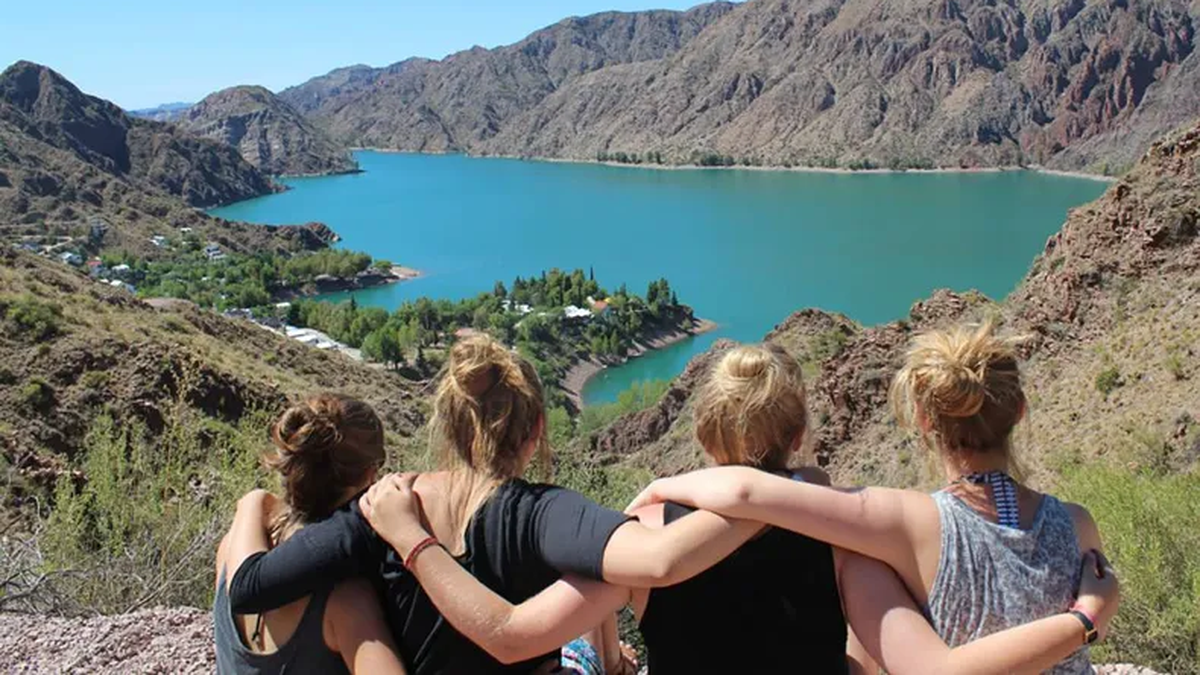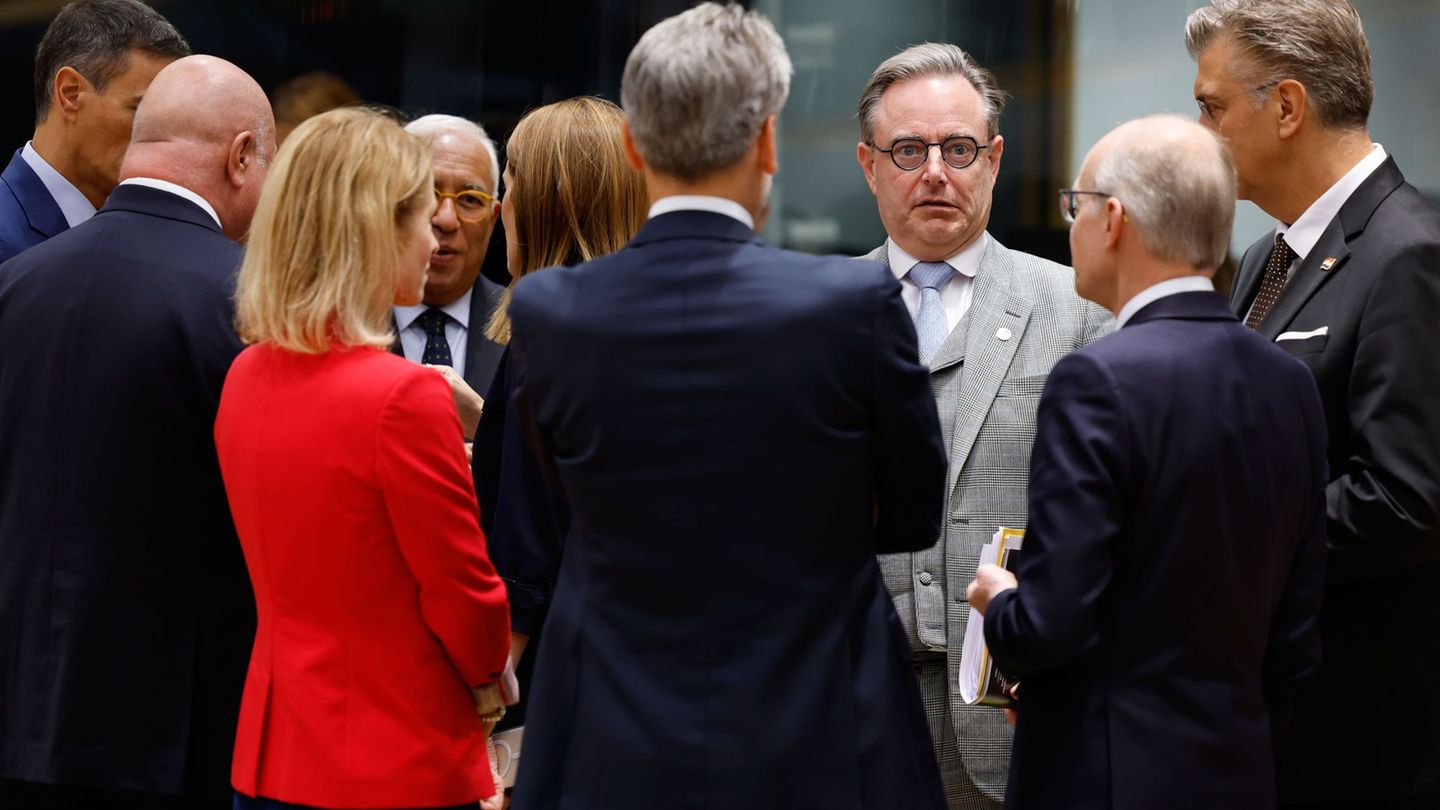In our community of Traveling Women we detect that planning on network Not only does it reduce anxiety: it also avoids impulsive spending and overpricing. Here we present the Top 10 destinations 2026he hidden cost of deciding without methodand 5 decision levers to travel better (and calmer) with comparative cases.
The context
We have conducted a survey among our travelers and followers and this is the top 10 destinations that they dream of and prioritize for 2026:
- Italy
- Spain
- USA
- France
- Greece
- Portugal / United Kingdom / Nordic Countries
- Japan
- Germany / Holland / Vietnam
- Morocco
- Türkiye
Among the most cited motivations(multiple option):
- New connection/friendships: 54%
- Mental Wellness/Recharge Energy: 51%
- Culture and learning: 48%
- Trust/autonomy (especially 40+): 39%
- Creativity/personal or work reset: 31%
When we asked them about their most common “pain” concerns when planning the trip:
- Decision fatigue (choose from as many options as flights/hotels/tickets): 47%
- Fear of making expensive mistakes (change, cancel, overpay): 38%
- Logistics Anxiety (language, transportation, transfers): 15%
Key reading: the desire of sense and welfare rises strongly. That intention collides with reality: excess options, changing prices and pressure not to make mistakes. That’s where the emotional travel economy becomes decisive.
The hidden cost of deciding without a method
Traveling “freely” (without a route map, without collaborative comparisons, without a local network) usually makes the trip more expensive in ways that we do not always see:
- Lost time (compared to those in a hurry or from fatigue): ends in worse decisions.
- Impulsive purchases due to anxiety (just in case tickets, unnecessary upgrades, last minute taxis).
- Surcharges for not foreseeing: not reading conditions, not using cancellation windows, not considering expensive schedules/days.
Added to this is the emotional toll: tiredness, irritability, arguments, feeling of “running behind the trip.” They are invisible costs that drain enjoyment and budget.
The 5 decision levers (to spend better and travel calmly)
1) Clarity of objective (the so that)
- What is it: define a central emotional goal (reconnect, recharge, (re)discover yourself).
- How to apply: 3 sentences in the first person (“On this trip I am looking for… / I am going to allow myself… / I am going to return with…”).
- Impact: reduce options and prioritize what matters (saving time and anxiety).
2) Collaborative comparisons (collective intelligence)
- What is it: compare options (flights/insurance/attractions) with other travelers, shared templates and checklists.
- How to apply: common board (dates, routes, historical rates, change policies).
- Impact: avoids overpricing and increases the ability to detect “fine print”.
3) Plan B/C (logistical and emotional)
- What is: alternatives previous If something fails: short itinerary if it rains, less massive route, safe alternative transportation, and calm scripts.
- How to apply: 1 page document with 2 plans per scenario (weather, cancellation, saturation).
- Impact: Less last minute/very expensive taxis, less panic buying.
4) Anti-fatigue rituals (first 48 hours)
- What is it: a simple protocol to “land” without big decisions: arrive, orient yourself, rest, and only on day 2 define major expenses.
- How to apply: 10-item checklist (SIM ATM/subway, neighborhood map, snack, sleep).
- Impact: lower the decision fatiguepostponing sensitive expenses to the most lucid moment.
5) Local networks (security and meaning)
- What is: support at destination (groups by neighborhood/city, hostesses, verified contacts).
- How to apply: support map (contact + schedule + what problem it solves), and 1 activity low cost and high link (market, library, park).
- Impact: safer decisions, more meaningful experiences and less impulsive spending.
Comparative cases (summary)
Case A — “By lungs” (without method or network)
- Buying flights tired → choose combination with two scales or critical connection.
- First 24 hours without a plan → airport taxi due to anxiety + expensive fast food.
- “Just in case” tickets → 10–20% not used.
- Result: +15–20% spending compared to the optimal option, exhaustion and feeling of putting out fires.
Case B — With method and community
- Flights decided after collaborative comparisons → change window and luggage included; humanized schedules.
- Protocol for the first 48 hours → public transportation/planned transfer, simple food and rest.
- Agenda with micro-challenges (social, sensory, calm) → meaningful experiences without paying more.
- Result: savings of 10–18%, more enjoyment and decisions consistent with the emotional goal.
Note: The percentages are reference ranges based on patterns observed in the community and workshops. The point is not to “spend less for the sake of spending less”, but use the budget better and protect your mental energy.
What the data shows (insights 2026)
- Destination with intention prevails over the infinite list of places to visit: The Top 10 is inspiration, but the so that order the royal journey.
- Community equals quality of decisions– Sharing benchmarks and alerts reduces expensive errors.
- Micro-challenges over the marathon: add small daily milestones (social, sensory, calm) holds well-being and avoid compensatory purchases.
- Importance of the first 48 hours: who postpones big decisions until he sleeps well spend better and enjoy more.
In summary, the emotional travel economy It is not making cheaper at any price; is protect energy so that the budget accompanies the purpose. With intention, method and community, you win calm to choose and clarity to spend.
Travel Coach and founder of Women Travelers.
Source: Ambito
I am an author and journalist who has worked in the entertainment industry for over a decade. I currently work as a news editor at a major news website, and my focus is on covering the latest trends in entertainment. I also write occasional pieces for other outlets, and have authored two books about the entertainment industry.




